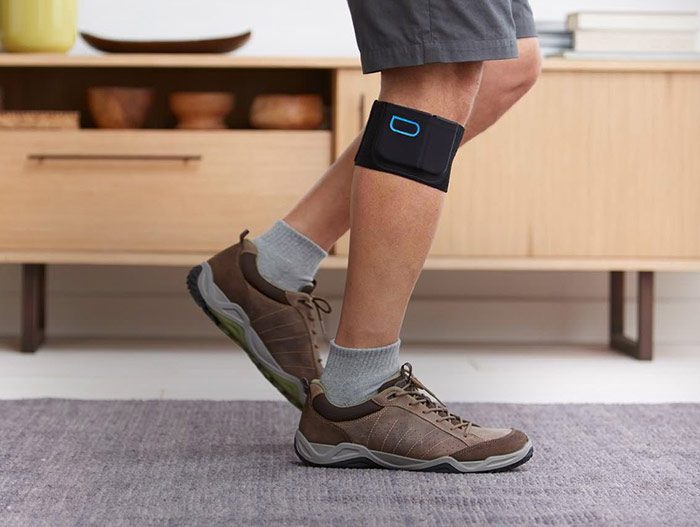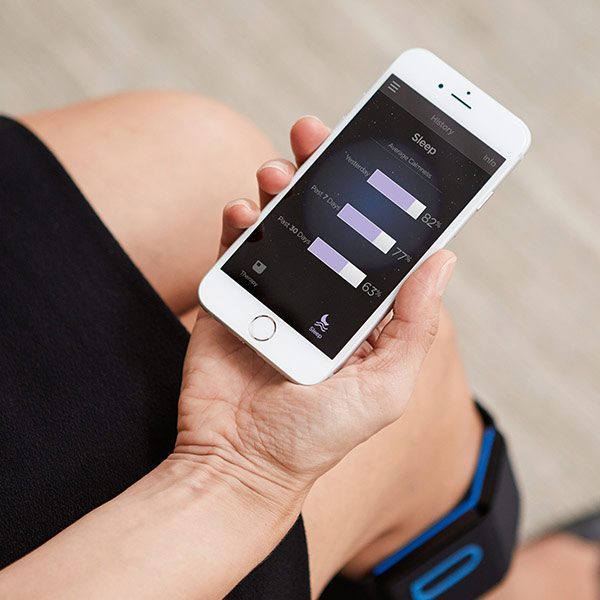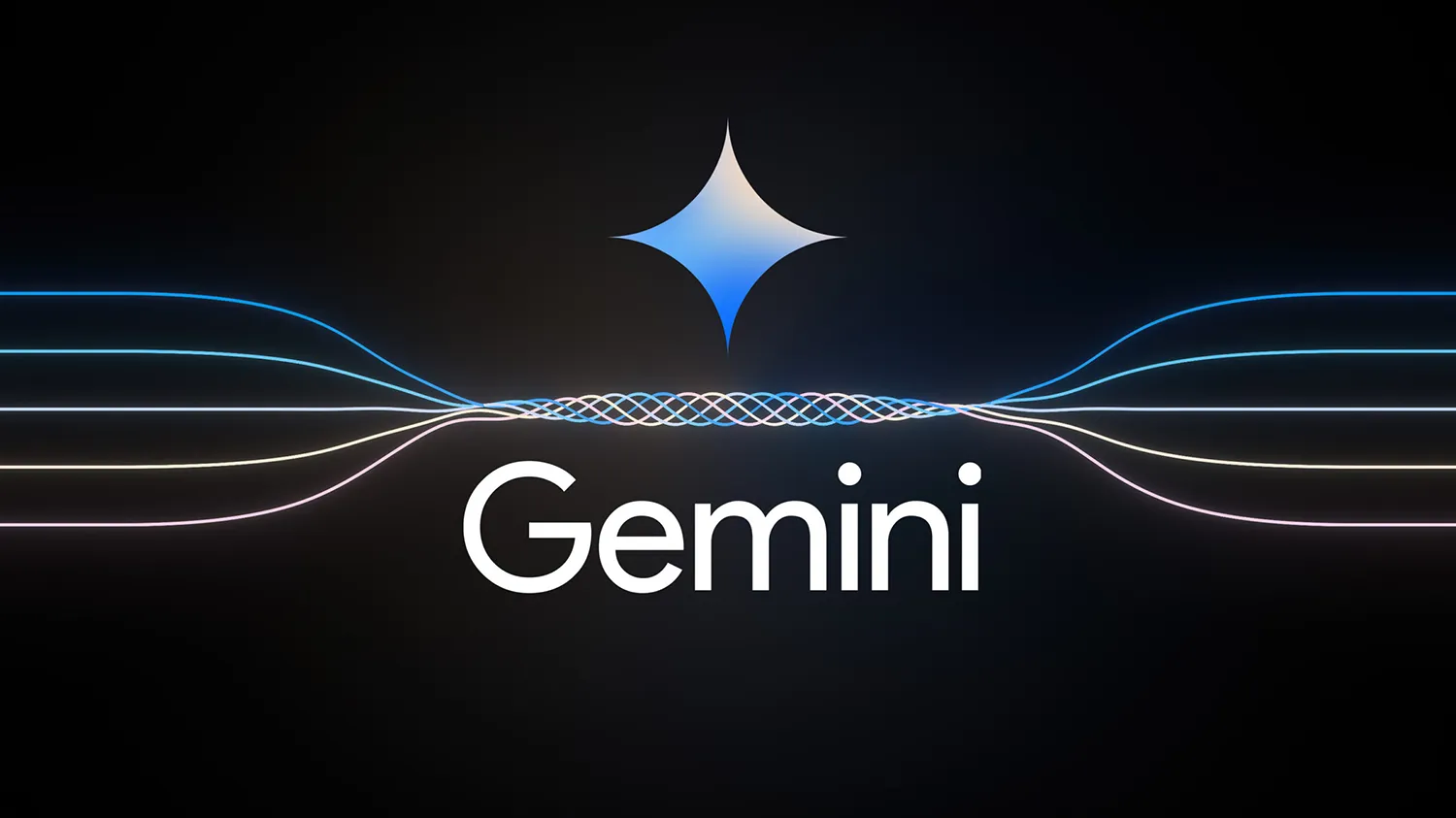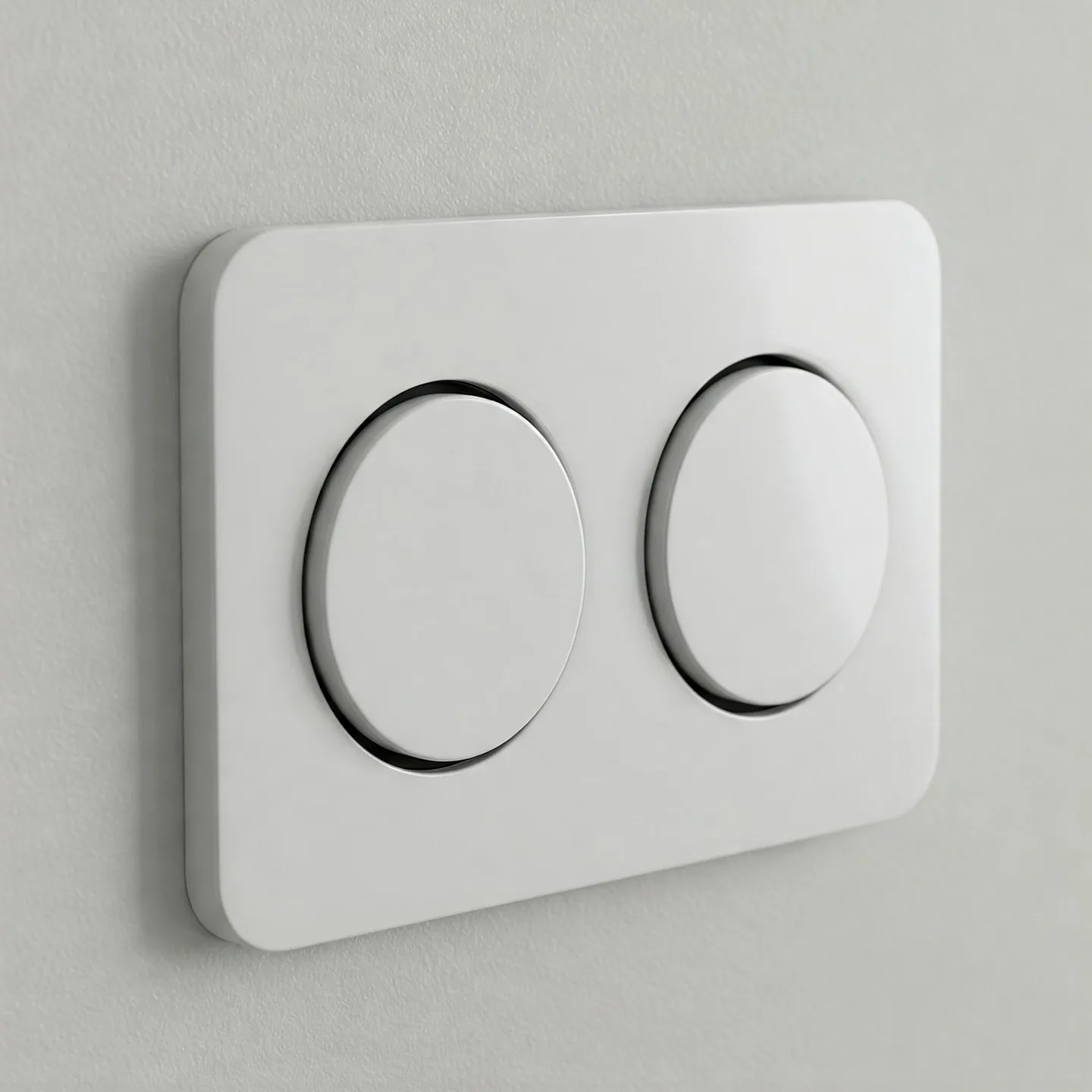Quell bestrijdt chronische pijn met iPhone-accessoire
Chronische pijn kan een hel zijn om mee te leven. Er zijn wel oplossingen verkrijgbaar, maar die kun je niet zomaar in de winkel kopen. Quell is een product dat straks wel gewoon verkrijgbaar is en dat je van vervelende pijn probeert af te helpen. De Quell is een draagbare band, die het aanmaken van natuurlijke opiaten in de hersenen stimuleert. Voor 250 dollar ben je (hopelijk) van je pijn af.

Quell maakt gebruik van de inmiddels uitgebreid geteste TENS-technologie, waar we eerder op iCulture al eens over schreven. Philips is bezig met medische accessoires voor pijnbestrijding op basis van TENS-technologie, die ook samenwerken met een iPhone-app. TENS staat voor Transcutaneous Electrical Nerve Stimulation, een technologie waarbij een klein elektrisch stroompje naar het huidoppervlak wordt gestuurd. In het voorbeeld op de foto’s is dat op de knieën en kuiten. Quell noemt het een “USB-poort voor je zenuwstelsel”. De impulsen gaan van je kuit naar je hersenen, waar ze de aanmaak van natuurlijke opiaten stimuleren. Dit zorgt er weer voor dat je pijn minder goed voelt. Inmiddels is wel bewezen dat TENS geen kwakzalverij is. Maar het werkt ook niet voor iedereen. Daarom biedt Quell een geld-terug-garantie van 60 dagen.
Het enige wat je voelt tijdens het dragen van de band is een tinteling of buzz, op de plaats waar de geleidende plaatjes contact maken met de huid. Na zo’n 15 minuten moet je al verlichting voelen. Met een volle batterij kun je vervolgens 40 uur pijnvrij genieten van het leven. Je kunt de band overigens 24 uur per dag dragen, ook ’s nachts. Sterker nog: de ingebouwde bewegingssensor analyseert meteen je slaapgedrag.
De oplossing van Quell gaat $250 kosten en is dit voorjaar verkrijgbaar.
Taalfout gezien of andere suggestie hoe we dit artikel kunnen verbeteren? Laat het ons weten!







Goede ontwikkeling! Vraag me af of dit ook bij hoofdpijn en/of migraine kan helpen als een soort hoofdband.
En een rugband voor stimulatie in de (onder)rug?
Het wetenschappelijke bewijs voor TENS in zijn algemeenheid is ‘inconclusive’ (Cochrane is DE autoriteit op het gebied van medische samenvattingen van effectonderzoek). Ofwel geen ja, geen nee. Er is meer onderzoek nodig. Lastig te onderzoeken hoor, omdat er veel appels en peren zijn in de vorm van verschillende aandoeningen die wellicht verschillend reageren op verschillende momenten bij verschillende mensen op verschillende TENS vormen etc., etc.,
Pragmatisch gezien is de oplossing die Quelle biedt zeker; gewoon proberen. En volgens mijn therapeutische ervaring het liefst als onderdeel van een professioneel behandelplan. Met de geld terug regeling absoluut een positieve ontwikkeling!